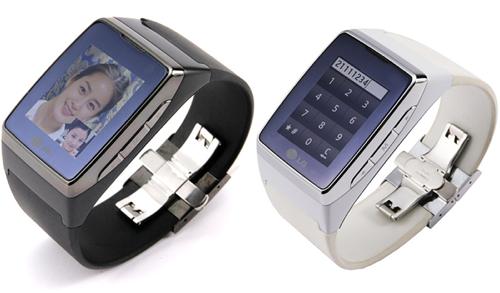Consumers confused by hybrid gadgets
But the more we see, the more we understand them

A new study has uncovered one reason why gadgets like watch-phones and SLR-camcorders have taken so long to move from science fiction to reality: consumers are easily confused by hybrid products.
According to Priyali Rajagopal from the Southern Methodist University and Robert Burnkrant from Ohio State University, people have trouble categorising products when functions and features are merged.
"It's what we term the 'single-category belief' problem - that consumers categorize such products into a single pre-existing category (rather than creating new categories for them) and hold beliefs about the products that are consistent only with the category that's selected," they write.
Watch? Camera? Watch? Camera? Aaargh!
For example, consumers might tend to categorize a new product that functions as both a watch and a camera as a watch, making the marketing of that product difficult.
Luckily for makers of over-complicated gadgets everywhere, the researchers found a way round our prejudices simply by exposing us to 'property primes', examples of hybirds that blend features from two categories, like the 'pencil pen' or the 'vacuum toaster'.
"Respondents were more likely to rate a GPS-radar detector hybrid product as possessing features of both the GPS and radar detector categories when they were exposed to property primes," say the authors in the Journal of Consumer Research.
Sign up for breaking news, reviews, opinion, top tech deals, and more.
Or it could just be that hybrid gadgets tend to be a bit rubbish and hugely overpriced.
Mark Harris is Senior Research Director at Gartner.